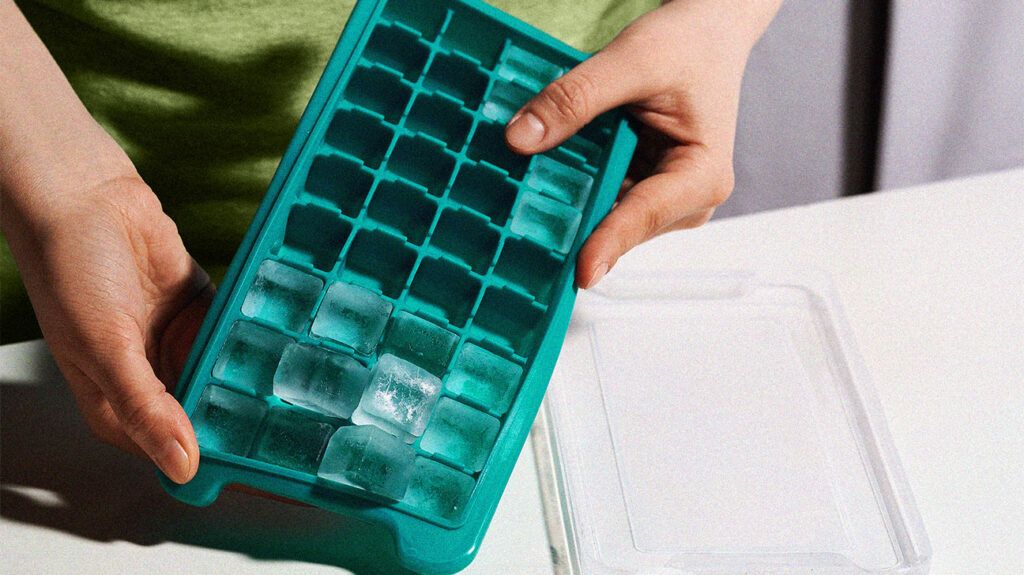Tendinitis can take time to heal. Natural remedies for the inflammation include rest, ice, compression, physical therapy, and complementary treatments, such as acupuncture.
Tendons are cords consisting of fibrous collagen that connect muscles and bones. When a person overuses or injures a tendon, it can result in tenderness and pain. Tendinitis can also occur due to infections, posture or gait problems, arthritis, and other conditions.
Some inflammation is a typical part of the healing process after an injury, but there are things people can do to aid recovery.
This article will discuss natural remedies for tendinitis and how to use them.

Because tendinitis often occurs due to overusing a particular tendon, rest is a key part of treatment. This allows the damaged tendon to heal, which reduces inflammation in the area.
Unless a doctor advises otherwise, people do not need total bed rest while recovering from tendinitis — they only need to rest the affected joint. For example, someone with shoulder tendinitis on one side will only need to rest the respective arm.
During this time, it is important to avoid repetitive or strenuous motions that could cause more irritation, as this will prolong recovery time.
If someone continues the activity that caused the tendinitis, the tendon could partially or completely tear. So, even if a person is taking pain medication and cannot feel the symptoms, they still need to rest the joint.
Typically, tendinitis gets better in
Applying ice or cool packs to an inflamed tendon can help close blood vessels, reducing circulation to the area. This reduces inflammation. It can also numb the area, reducing pain.
However, there is some debate about whether ice is beneficial for injuries. According to a
Inflammation is part of the body’s natural response to injury, bringing blood, oxygen, and nutrients to damaged cells. Therefore, suppressing this process too much may slow recovery. Reducing blood flow too much may also cause tissue or nerve damage.
For this reason, people should never apply ice directly to the skin. Instead, it is better to use bags of frozen vegetables or cool packs wrapped in a towel.
Those who want to try icing the area should follow instructions from their doctor. If this is not possible, the American College of Rheumatology recommends using ice for only 10–15 minutes twice daily in combination with rest.
Applying light compression to an inflamed tendon may help reduce excessive swelling and keep the joint stable as it heals. For example, people can use light compression stockings, braces, or slings. Alternatively, wrapping a bandage around the joint can provide a similar effect.
Compressing the area may also increase blood flow rather than suppressing it. For this to occur, the compression should be snug but comfortable. It should not be painful or cut off circulation. Additionally, a person should always remove compressive garments before sleeping.
After a period of keeping the injured area still, gentle movement and stretches may help improve tendinitis symptoms and promote healing.
A
The type of exercises that may help will depend on where the tendinitis is and what has caused it. For example, the types of movements that may help someone with a shoulder injury could be different from those that help someone with tendinitis due to issues with posture or how they walk.
A physical therapist can provide tailored recommendations for each individual according to their circumstances. A person should avoid attempting movements that cause pain.
According to a
- Turmeric: Turmeric contains a substance known as curcumin, which has anti-inflammatory and antioxidant properties. A
2023 scoping review found evidence in previous studies that curcumin can be beneficial for reducing inflammation and helping tendons regenerate. - Ginger: Ginger has anti-inflammatory properties. A
2013 review also notes that there is evidence it can reduce muscle pain after activity. However, there are no studies assessing ginger for tendinitis specifically. - Bromelain: Bromelain is an enzyme that exists in pineapple stems and has anti-inflammatory properties, but few studies have looked at its effects on tendinitis. A
small 2011 animal study found positive effects for Achilles tendinopathy, but more research in humans is necessary to draw any conclusions.
Other substances that may have promise include green tea, avocado oil, and quercetin, but scientists need to carry out more high quality trials to determine if they work.
A person should always check with a doctor before trying a new supplement, particularly if they are pregnant, have other health conditions, or take other medications. Herbal supplements can have risks and may interact with other drugs, so a doctor can advise on whether it is safe for each individual.
Acupuncture is a complementary therapy that originates from traditional Chinese medicine. A
A 2015 study found that electroacupuncture, which involves using acupuncture needles with a mild electric current, may help relieve pain for those with Achilles tendinitis. However, the study was relatively small, involving 60 people, so larger trials would help validate if this finding is accurate.
People can speak with a doctor if they are considering a complementary therapy such as acupuncture to consider the potential benefits and risks.
Some natural remedies for tendinitis inflammation include rest, ice, compression, and physical therapy. Complementary therapies someone may wish to try include certain supplements and acupuncture.
However, additional therapies may not be necessary. Tendinitis tends to heal with time, usually within
If the symptoms do not improve with rest, people can contact a doctor, as there may be another underlying cause that requires treatment.
